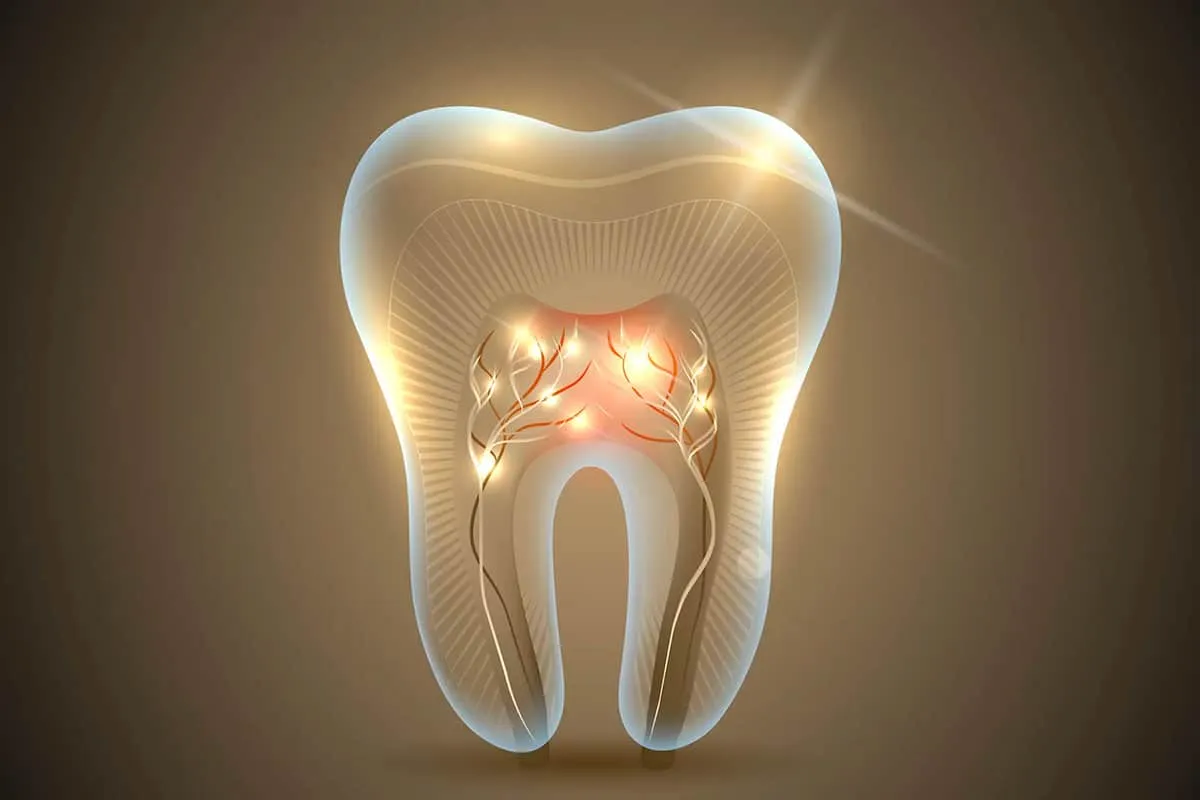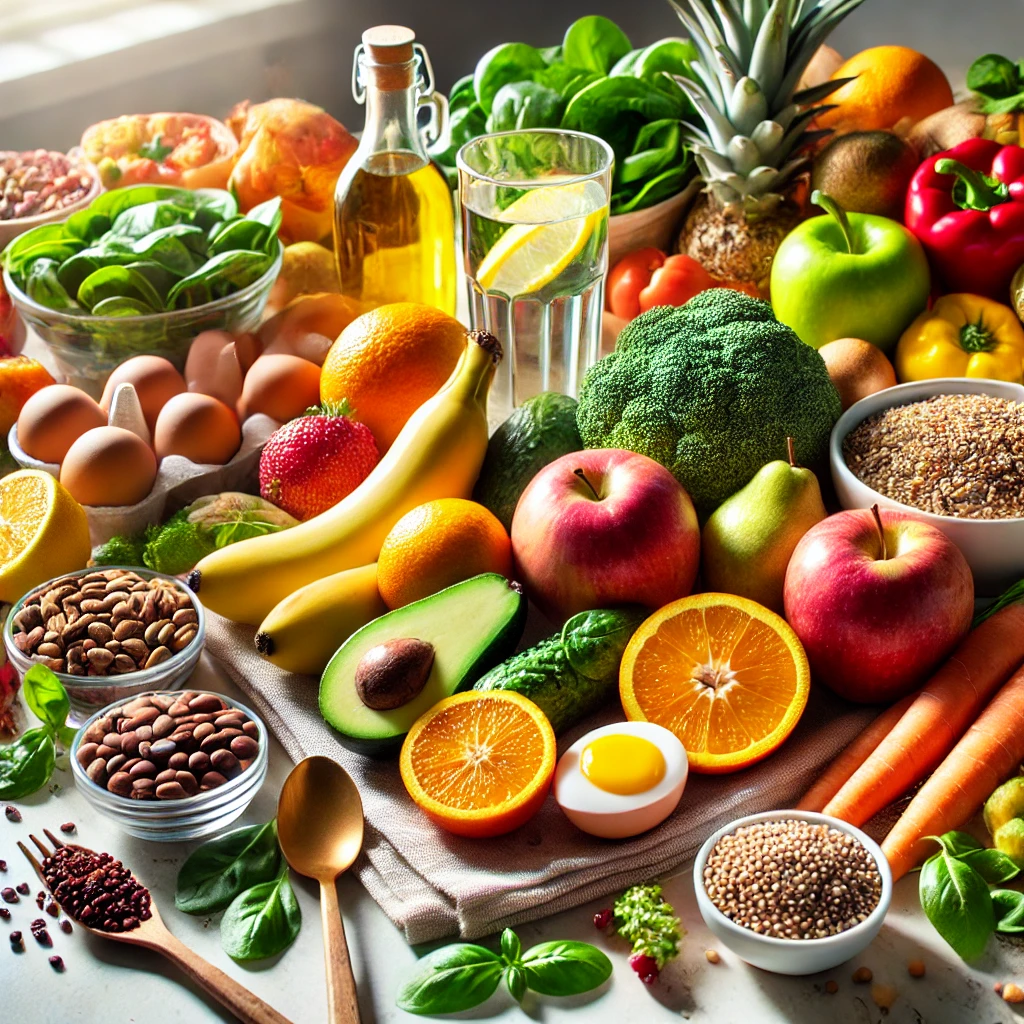The belief that certain foods can directly target and eliminate body fat is widely held, but often, these claims are more rooted in marketing strategies than in solid scientific evidence. Nutritionist Raphaël Gruman helps us separate fact from fiction. Here’s a detailed analysis of some foods often touted as fat burners, along with additional examples to illuminate this topic.
Pineapple
Long celebrated for its fat-burning properties due to bromelain, an enzyme found in its stem, pineapple aids in protein digestion but does not break down fats. Raphaël Gruman clarifies that although bromelain may affect the walls of fat cells, no convincing studies prove a significant effect on weight loss.
Green Vegetables
Foods such as leeks, asparagus, cucumbers, and fennel are low in calories and rich in fiber and water, which can help create a feeling of fullness and contribute to weight loss through reduced water retention, but they do not act directly on body fat.
Lemon Juice
While often considered a weight loss aid, lemon juice’s effect is limited to managing fats at the liver level, facilitating their elimination through the bile ducts but not affecting fats stored elsewhere in the body, such as the abdomen.
Green Tea
Green tea can slightly increase thermogenesis and thus calorie expenditure, but the effect is modest and would require significant consumption to be meaningful. Studies citing weight loss linked to green tea often face criticism for limited methodology.
Cinnamon
Although cinnamon can help moderate blood sugar levels, it primarily acts as an antioxidant and cannot be categorized among fat-burning foods.
Chili Pepper
Capsaicin, an antioxidant in chili peppers, can slightly stimulate energy expenditure and fat oxidation, but these effects are too weak to be considered an effective fat loss solution. Studies are still lacking to confirm a tangible benefit on weight loss.
Konjac
Known for its appetite-suppressing effects due to glucomannan fibers, konjac is perhaps the closest to a “fat-burner” on this list, as it can help capture fats and sugars in the colon and eliminate them before absorption.
Additional Examples of Misunderstood Fat-Burning Foods
- Coffee: While caffeine can temporarily increase energy expenditure, it does not induce significant fat loss.
- Apple Cider Vinegar: Although some claim it can boost weight loss, there are no strong proofs of its effects on direct fat burning.
- Greek Yogurt: High in protein and often recommended in diets to help feel full, Greek yogurt does not possess intrinsic fat-burning properties.
In conclusion, while certain foods may contribute to better weight management or metabolic health in various ways, expectations regarding their ability to burn fat should be adjusted according to current science, rather than exaggerated claims.




Comments are closed.